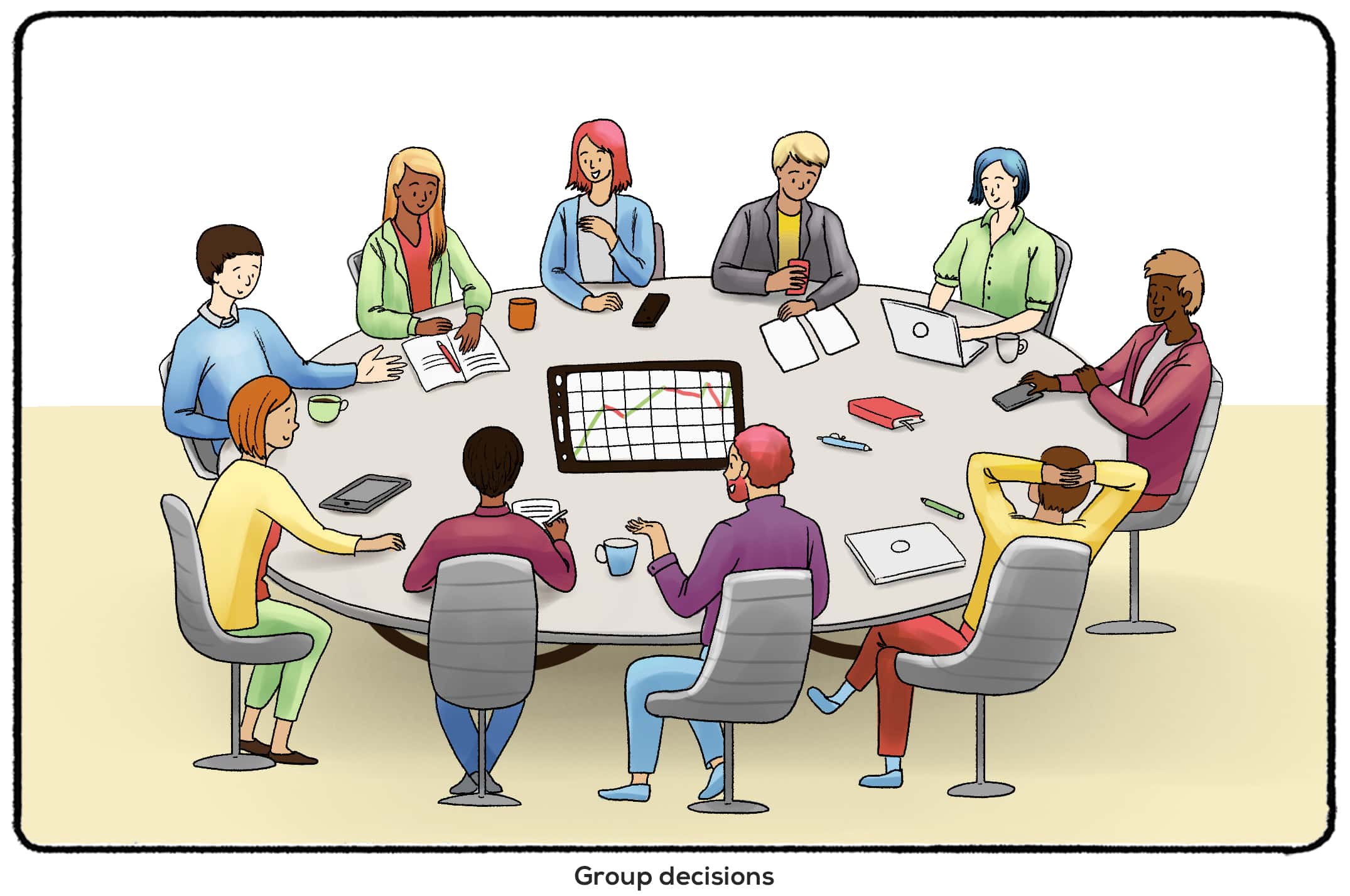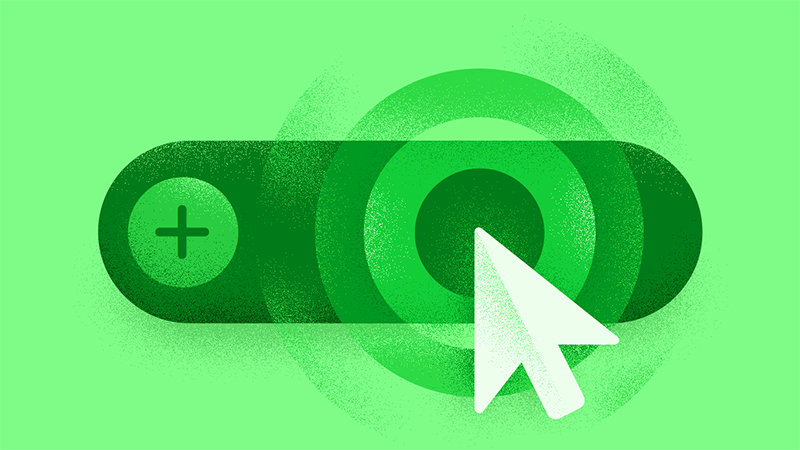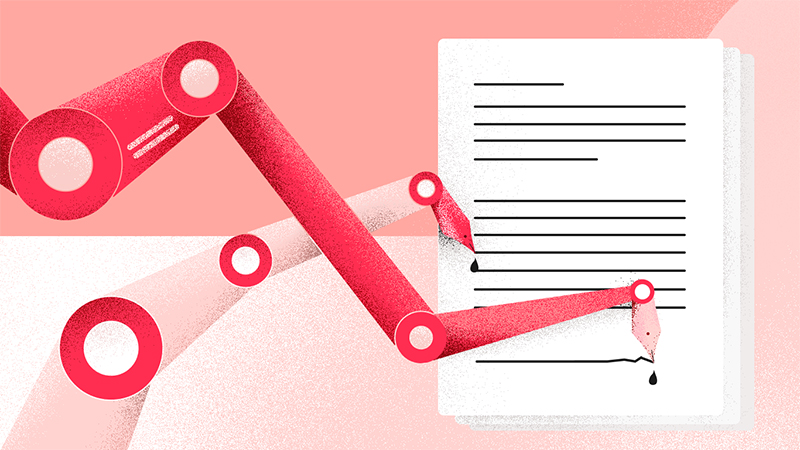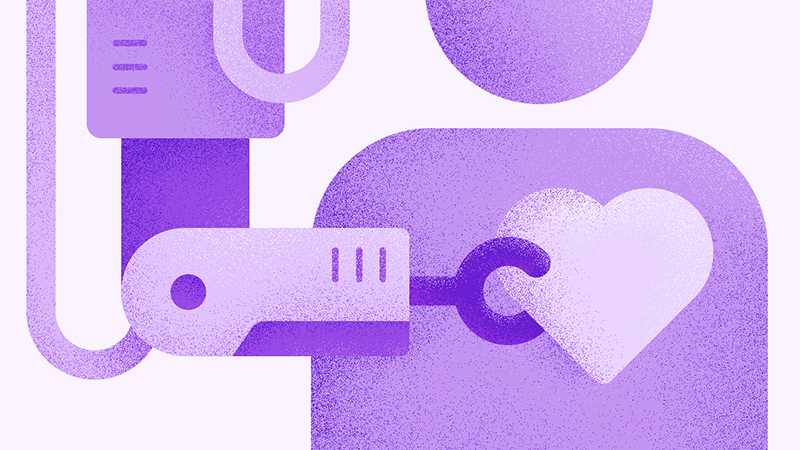Bottom-up processing is one type of information processing in which stimuli are processed or interpreted beginning with the smallest of details and building up to more complex concepts. This is different from top-down processing that is where we initially form an overall impression of a scene and then search for evidence specific to support our initial assumption. A visual processor of a city street might first feel that it is noisy, chaotic, and overcrowded. To verify this idea, they can then search for specific signs of this, for instance, pedestrians navigating through the crowds or noise generated by nearby cars.

Since bottom-up processing tends to be more data-driven and analytical It has been extensively examined in relation to specific cognitive tasks like perception and memory. However, it also has the potential to be a significant factor in other areas of our lives, including making decisions or in creative pursuits such as art or design. Bottom-up processing, if used properly and strategically, can help you solve many more issues and gain an understanding of complex situations. Bottom-up processing, despite the negative connotations it has in the world of academia, can prove very beneficial in understanding our inner workings and the world around us.
The brain’s intricate system is the center of our thoughts, actions, and decisions. The processes within this intricate organ play an important function in everything from memory and intelligence to our mood and behavior. The bottom-up approach has been found to have a significant impact on the way the brain works. This is how information is processed beginning at the nerve cell in the brain and progressing through the interconnected neural pathways. It eventually impacts the higher cognitive functions, for example, attention or perception. The research has demonstrated that this process has profound effects on things like memory and learning, it might be a great option for treating various disorders, from Alzheimer’s disease to schizophrenia. Thus, by better understanding the bottom-up process and its mechanisms, we may be able to unravel some of the mysteries underlying brain function, thus paving the way for the development of powerful new tools in neuroscience and healthcare.
Bottom-up processing refers to the way in which our brain process information. The top-down process is focused more on incorporating expectations and prior knowledge into the process of learning. Bottom-up processing depends on raw data input. Bottom-up processing is a great method of learning for any level of the learner by focusing on specific elements of learning. This covers basic words and basic sounds, as well as more complex concepts and concepts.
One of the benefits of processing bottom-up is that it permits us to look back and examine each aspect of information as we see it. This allows us to stay engaged in what we are learning, which makes it easier to improve our knowledge of new concepts, refine and improve upon existing ones and also recognize the potential for mistakes and areas of improvement. To help us better understand the data, we could also highlight how they are linked through logical chains and networks. Bottom-up processing can assist us to become better learners and better communicating by engaging in bottom-up processing.



